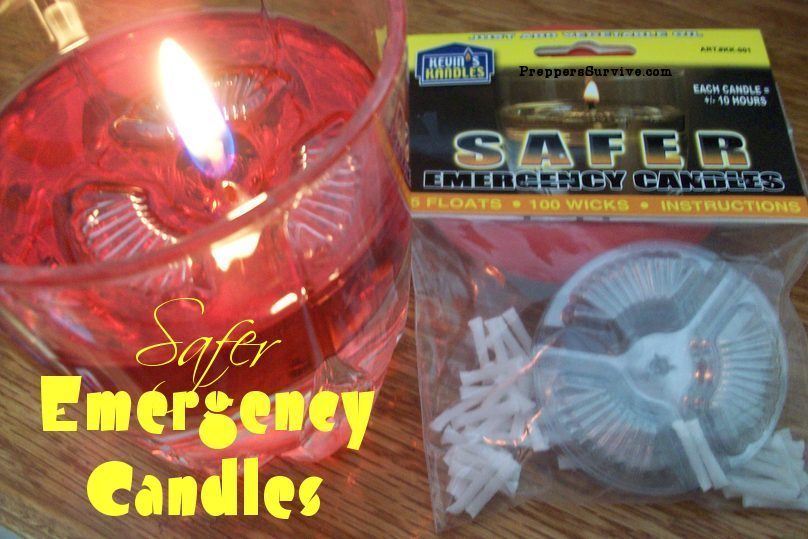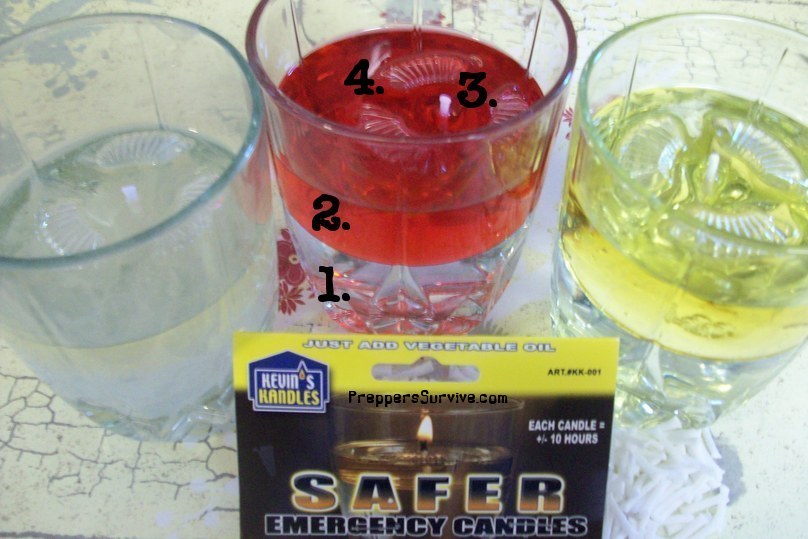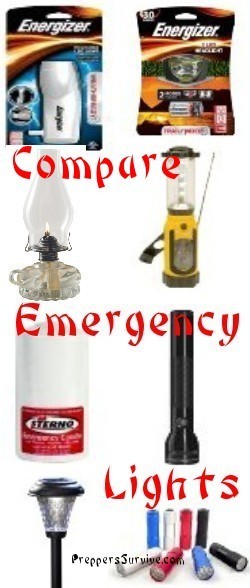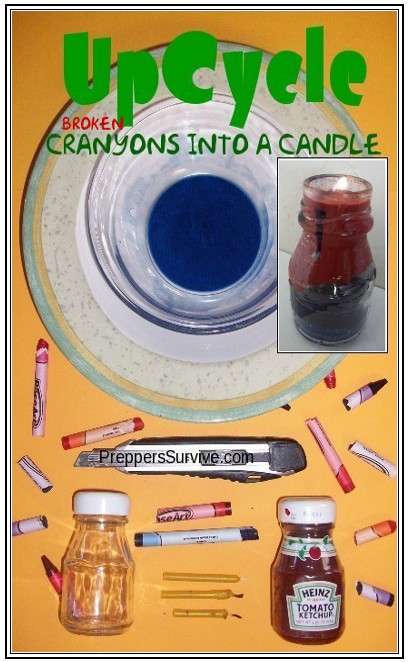
My mother-in-law’s home caught on fire the day after  Thanksgiving, just a few months ago. She enjoys candle light and seems to use candles more frequently around the holidays. On Black Friday, a candle was left unattended and started the house on fire. The fire department was called an they were able to save the house but most of her belongings were ruined from smoke damage. Her home is in the process of being gutted to remove the smoke smell. The picture to the right is of her bathroom which was down the hall from where the fire started. The bathroom was covered in soot. The orange X is what the restoration company is removing because of smoke damage.
Thanksgiving, just a few months ago. She enjoys candle light and seems to use candles more frequently around the holidays. On Black Friday, a candle was left unattended and started the house on fire. The fire department was called an they were able to save the house but most of her belongings were ruined from smoke damage. Her home is in the process of being gutted to remove the smoke smell. The picture to the right is of her bathroom which was down the hall from where the fire started. The bathroom was covered in soot. The orange X is what the restoration company is removing because of smoke damage.
Unfortunately, my mother-in-law is not the first experience I’ve had with someone close to me being victimized by fire. In 2008, my oldest sister’s home burned down and a few months later I learned about a high school friend whose home that caught fire. You can imagine how important fire safety has become to me so when I was introduced to Kevin’s Kandles I was curious to know how they were safer than typical candles.
Kevin’s Kandles Introduction
There are two reasons to its claim “Safer Emergency Candles”:
- At first appearance, the flame on a Kevin’s Kandle looks like it’s put out by water that’s in the base when the candle is tipped over. This is a common misconception. You could fill your glass with only vegetable oil, tip it over and your candle will normally go out. This is because vegetable oil is a combustible liquid, not a flammable liquid. Unless the vegetable oil is preheated, it is not hot enough to support a flame.
- Unlike when a candle burns down to the base and it has the potential to ignite combustible material under or near the base of the candle, when the vegetable oil has been consumed in a Kevin’s Kandle, water will be drawn into the wick and extinguish the candle.
- Only 1 ounce or 1/2 inch of vegetable oil should be used for each candle. This is sufficient fuel to provide a 10 hour candle. This will prevent distortion of the float.
- After 10 hours it is recommended that you wash the float and dispose of the remaining piece of wick before reuse. Trying to use the last ½ of the wick may result in heat distorting the orifice on the float where it holds the wick in place. This could make the float unusable.
Above is a front and back picture of the Kevin’s Kandles Package. As you can see from the picture, one package contains 5 Floating Devices and 100 wicks. Each wick should last about 10 hours so you’ll potentially get 1000 hours of usage out of each pack, if you have oil. On the back of the package you’ll find instructions. On the inside of the cardboard covering you’ll find more detailed instructions.
Instructions

- add water (I added 1/2 cup)
- add 1 ounce of vegetable oil (I added 1/2 cup)
- insert wick into float
- set float on oil allow 30 seconds for the wick to absorb the oil before lighting
- change the wick out after 10 hours so the wick won’t burn down far enough to melt the float
Review
I was a little confused when I first put one together. I was close to punching a hole through the float because I thought the wick would need to be exposed on both sides of the float to connect with the oil. However that is not the cause, the wick fits snugly into a groove on the float and absorbs the oil from the top of the float not the bottom. You can see the depression in plastic where the oil connects to the wick in the picture above.
To test out Kevin’s Kandles for the first time I used olive oil (I didn’t have vegetable oil). Please note that only vegetable oil should be used for Kevin’s Kandles. – Never use any form of lamp oil or petroleum based fluids using these is extremely dangerous!
After 16 hours, the olive oil was still burning and looks like it could keep going for a several more hours. I extinguished the flame to see if the wick would be easy to lite again and it was. I didn’t want to burn plastic float so I extinguished the flame. When I tipped over the glass the flame went out.
PROS
- cost effective – (10) 100 hour candles costing less than 20₵ per 10 hour candle
- fire safety features build-in
- environmentally friendly by using renewable resources like cotton wicks and vegetable oil
- compact and easy to store in an emergency kit
- could move candle from one room to another without the flame being extinguished
- lumens brightness of a Kevin’s Kandle is a little better than a wax candle because eventually the wax hides the flame whereas the Kevin’s Kandle will reflect off the glass container its held in improving its lumen
CON
- if the wick burns to close to the float the plastic near the float melts creating holes and destroy its functionality (If the instructions are followed and only approximately 1 ounce or 1/2 inch of vegetable oil is used for each candle, this should not be an issue.)
Other Articles You Might Be Interested In:




These are awesome!
Some truly excellent blog posts on this website , appreciate it for contribution.